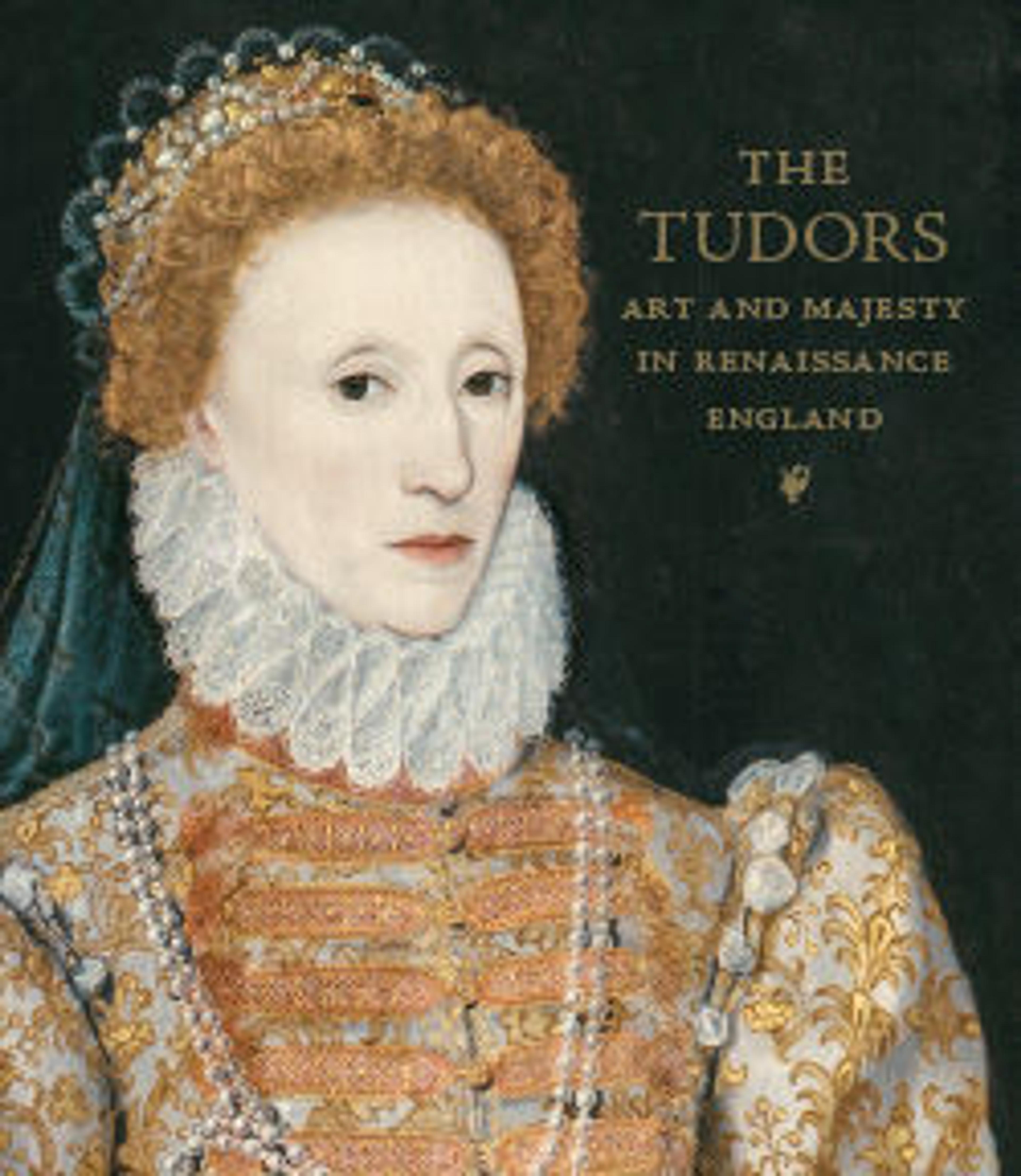Wine Cup on a High Foot (Tazza)
The broad, shallow bowl of this wine cup is a borrowing into silver design of a Venetian glass form popular in the second half of the sixteenth century. Many glass examples survive, and we also know of their use from Italian paintings, in which typically a dimpled ground in the bowl served to enhance the sparkling, light-filled character of the wine.
Cruising serenely through little wavelets, the swan at the center of this bowl is an emblem of the Vintners' Corporation, the guild for men active in the wine trade whose responsibilities included monitoring conditions on the docks and securing honest trading. The Vintners' Corporation, one of the earliest guilds, received a charter in 1364. The four marks which seem to disfigure the side of the cup are in fact hallmarks, struck at the Hall of the Goldsmiths' Company, which regulated gold- and silversmiths and guaranteed the quality of the sterling stand and metal. The marks indicate year and place of manufacture as well as the maker or his workshop. The maker's mark on this tazza has not been identified.
Cruising serenely through little wavelets, the swan at the center of this bowl is an emblem of the Vintners' Corporation, the guild for men active in the wine trade whose responsibilities included monitoring conditions on the docks and securing honest trading. The Vintners' Corporation, one of the earliest guilds, received a charter in 1364. The four marks which seem to disfigure the side of the cup are in fact hallmarks, struck at the Hall of the Goldsmiths' Company, which regulated gold- and silversmiths and guaranteed the quality of the sterling stand and metal. The marks indicate year and place of manufacture as well as the maker or his workshop. The maker's mark on this tazza has not been identified.
Artwork Details
- Title: Wine Cup on a High Foot (Tazza)
- Date: 1599–1600
- Culture: British, London
- Medium: Gilded silver
- Dimensions: confirmed: 6 1/8 × 7 1/4 × 7 1/4 in. (15.6 × 18.4 × 18.4 cm)
- Classification: Metalwork-Silver
- Credit Line: Gift of Irwin Untermyer, 1968
- Object Number: 68.141.104
- Curatorial Department: European Sculpture and Decorative Arts
More Artwork
Research Resources
The Met provides unparalleled resources for research and welcomes an international community of students and scholars. The Met's Open Access API is where creators and researchers can connect to the The Met collection. Open Access data and public domain images are available for unrestricted commercial and noncommercial use without permission or fee.
To request images under copyright and other restrictions, please use this Image Request form.
Feedback
We continue to research and examine historical and cultural context for objects in The Met collection. If you have comments or questions about this object record, please complete and submit this form. The Museum looks forward to receiving your comments.
